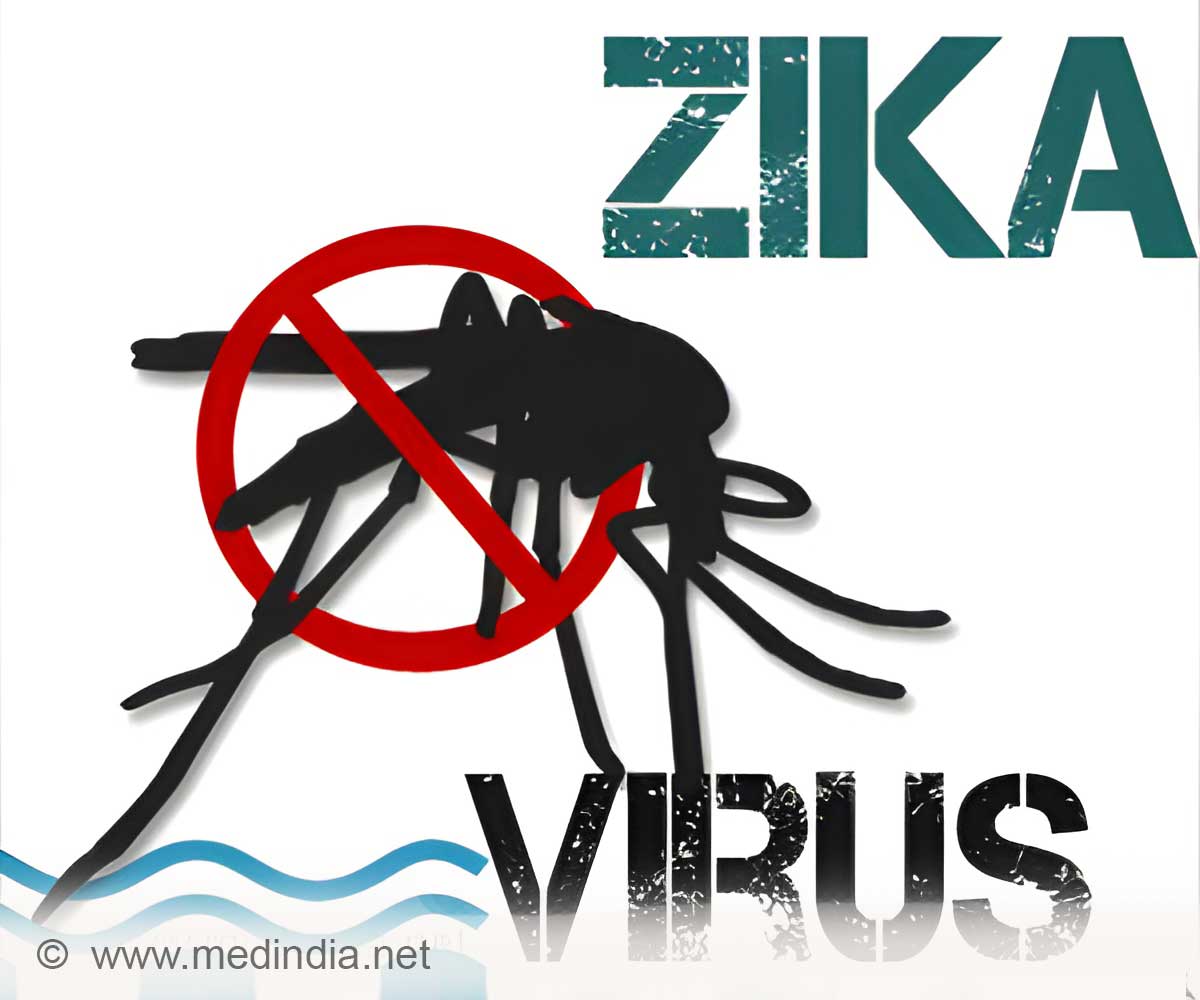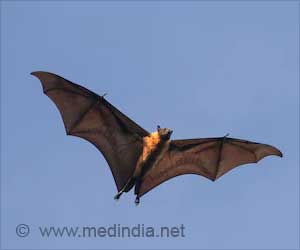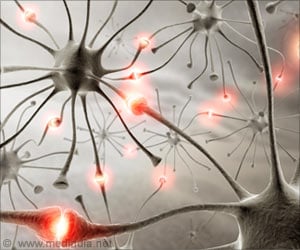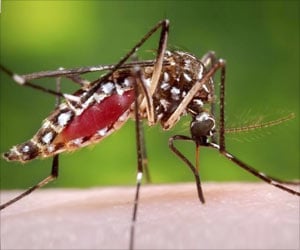The two proteins called NS4A and NS4B cause microcephaly in infants born to mothers affected by Zika virus. The proteins handicap fetal brain formation.

‘NS4A and NS4B are the two Zika proteins that stunt brain development in the growing fetus and cause microcephaly.
’





“The USC-led study, a collaborative effort between the virology and neurobiology disciplines, is also the first to examine Zika virus on the molecular level,” said Jae Jung, senior corresponding author and distinguished professor and chair of the Department of Molecular Microbiology and Immunology at the Keck School of Medicine of USC."We now know the molecular pathway, so we made the first big step toward target therapy for Zika-induced microcephaly," Jung said. "Years from now, one shot or a series of shots could target the proteins NS4A and NS4B or their collaborators."
In the month of April, the Centers for Disease Control and Prevention confirmed that Zika virus causes microcephaly and other severe fetal brain defects. However, it was unclear how. Jung and his colleagues explained the molecular mechanisms that lead to the devastating condition.
"This field moves so fast; however, no one has examined the viral proteins in Zika before," said Jung, holder of the Fletcher Jones Foundation chair in molecular microbiology and immunology. "The scientific community knows what the Zika virus does but not who is responsible. It's the difference between saying this nation's Olympic team earned a gold medal or saying the swim team won the gold medal. My lab is scrutinizing the jobs Zika proteins have in the creation of disease."
The two proteins smack a cellular signaling gatekeeper called "Akt-mTOR pathway" until it is disoriented and can no longer properly guard brain development and autophagy regulation, the cell's recycling factories.
Advertisement
"Zika loves and needs autophagy," Jung said. "Zika raises the activity in this recycling factory so they can use the energy and nutrients there to replicate. It's possible that since Zika is using most of the energy, the neuronal stem cells are left with metabolic deficits. Thus the chances for them to differentiate and mature into neurons and other brain cell types is much lower."
Advertisement
The two proteins stunted the growth of fetal neural stem cells further by 65 percent. The differentiation of neural stem cells into mature brain cells, such as neurons and star-shaped supporting cells called astrocytes, was reduced by up to 51 percent.
The researchers are working on experiments to demonstrate the functions of NS4A and NS4B in brain organoids and in mouse models, said Zhen Zhao, corresponding co-author and an assistant professor of research physiology and biophysics. He worked with Berislav Zlokovic, director of the Zilkha Neurogenetic Institute at Keck Medicine of USC.
"It is important to remember that not every pregnant woman infected with Zika virus gives birth to a baby with microcephaly," Zhao said. "Nevertheless, we are trying to develop a cure for that percentage that does get Zika-related microcephaly."
“Scientists are still looking for effective biomarkers to indicate when a pregnant woman who has been infected with Zika needs intervention. MRI is one possibility, but more work needs to be done,” Zhao said.
The study is published in the journal Cell Stem Cell.
Source-Medindia











